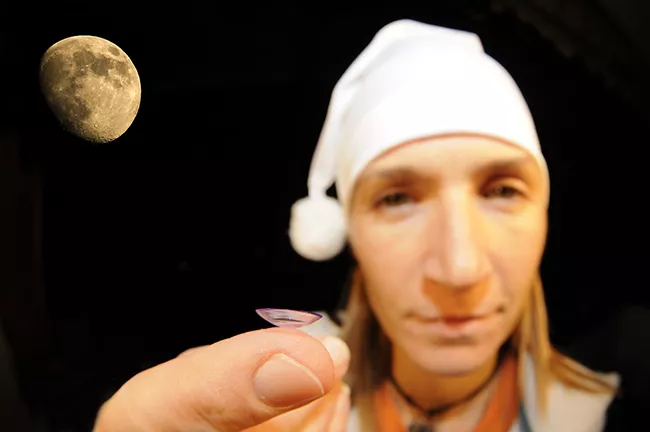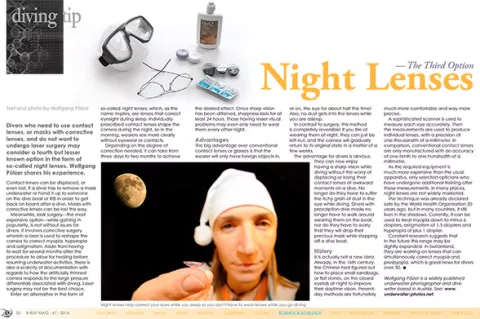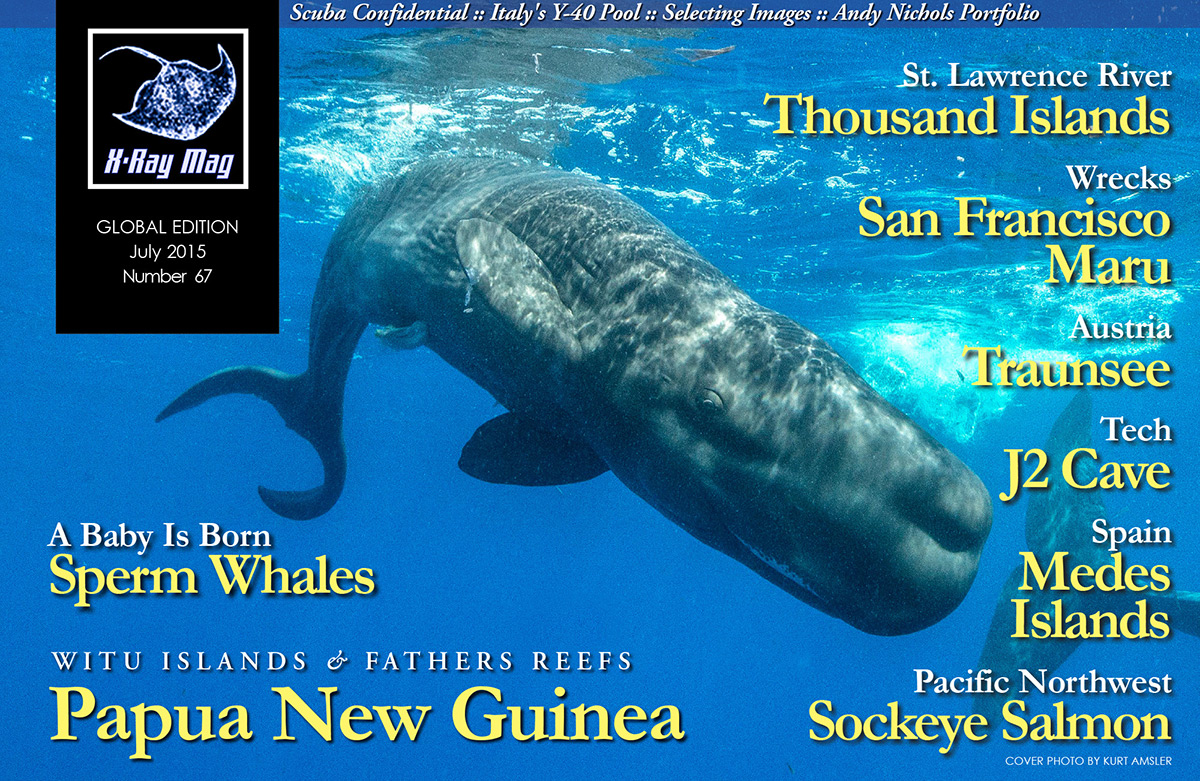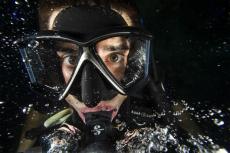Divers who need to use contact lenses, or masks with corrective lenses, and do not want to undergo laser surgery may consider a fourth but lesser known option in the form of so-called night lenses. Wolfgang Pölzer shares his experience.
Contributed by
Contact lenses can be displaced, or even lost, if a diver has to remove a mask underwater or hand it up to someone on the dive boat or RIB in order to get back on board after a dive. Masks with corrective lenses can be lost this way.
Meanwhile, lasik surgery—the most expensive option—while gaining in popularity, is not without issues for divers. It involves corrective surgery wherein a laser is used to reshape the cornea to correct myopia, hyperopia and astigmatism. Aside from having to wait for several months after the procedure to allow for healing before resuming underwater activities, there is also a scarcity of documentation with regards to how the artificially thinned cornea responds to the large pressure differentials associated with diving. Laser surgery may not be the best choice.
Enter an alternative in the form of so-called night lenses, which, as the name implies, are lenses that correct eyesight during sleep. Individually prescribed contact lenses shape the cornea during the night, so in the morning, wearers see more clearly without eyewear or contacts.
Depending on the degree of correction needed, it can take from three days to two months to achieve the desired effect. Once sharp vision has been attained, sharpness lasts for at least 24 hours. Those having lesser visual problems may even only need to wear them every other night.
Advantages
The big advantage over conventional contact lenses or glasses is that the wearer will only have foreign objects in, or on, the eye for about half the time! Also, no dust gets into the lenses while you are asleep.
In contrast to surgery, this method is completely reversible! If you tire of wearing them at night, they can just be left out, and the cornea will gradually return to its original state in a matter of a few weeks.
The advantage for divers is obvious. They can now enjoy having a sharp vision while diving without the worry of displacing or losing their contact lenses at awkward moments on a dive. No longer do they have to suffer the itchy grain of dust in the eye while diving. Divers with prescription dive masks no longer have to walk around wearing them on the boat, nor do they have to worry that they will drop their precious mask while stepping off a dive boat.
History
It is actually not a new idea. Already, in the 16th century, the Chinese had figured out how to place small sandbags, or flat stones, on the closed eyelids at night to improve their daytime vision. Present-day methods are fortunately much more comfortable and way more precise.
A sophisticated scanner is used to measure each eye accurately. Then the measurements are used to produce individual lenses, with a precision of one-thousandth of a millimeter. In comparison, conventional contact lenses are only manufactured with an accuracy of one-tenth to one-hundredth of a millimetre.
As the required equipment is much more expensive than the usual apparatus, only selected opticians who have undergone additional training offer these measurements. In many places, night lenses are not widely marketed.
The technique was already declared safe by the World Health Organisation 20 years ago, but in many countries, it still lives in the shadows. Currently, it can be used to treat myopia down to minus 6 diopters, astigmatism of 1.5 diopters and hyperopia of plus 1 diopter.
Constant research suggests that in the future this range may be slightly expanded. In Switzerland, they are working on lenses that can simultaneously correct myopia and presbyopia, which is good news for divers over 50. ■
Wolfgang Pölzer is a widely published underwater photographer and dive writer based in Austria. See: www.underwater-photos.net.




























